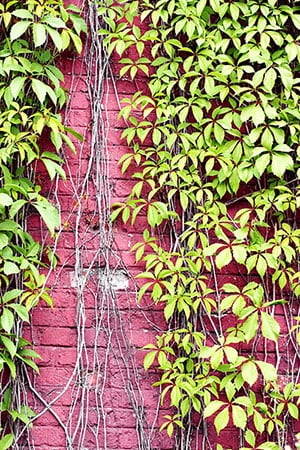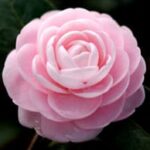A helpful how-to on choosing, growing and caring for your own flowers. Includes a color selection, care and a maintenance guide for watering, mulching, pruning, pinching, and more.
Choosing just the right plants for your garden is the fun part of flower gardening. You don’t have to limit yourself to just annuals or perennials; they mix well together in any garden. But even if you do lean toward the permanence of a perennial garden, there’s no doubt that annuals can fill in some blanks. And if you want the flexibility of growing new and different annuals every year, a few well-chosen perennials can serve as permanent anchor plants in your garden.
Flower Color
The starting point is color. Both annuals and perennials come in every color and value to be found on the color wheel; there are even some flowers that come close to being a true black.When faced with rows of cheerfully blooming plants, especially in the early gardening season, it’s easy to gravitate toward an exuberant blend of colors that may not work well together when you get home.
Before making your purchases, take a few minutes to group them together in your cart. You will quickly see if your color combination is going to work.
For the best effect, plan for color in your garden as you would for color inside your home. Choose a dominant theme and then pick plants that work well within that theme.
Cool colors, those in shades of blue, green, purple, and the softer pinks and reds create a peaceful effect and are traditional colors in perennial gardens and cutting gardens. Brighter colors such as reds, yellows, and oranges stand up well to the hot summer sun and are especially good choices for gardens with a tropical feel.
Monochromatic gardens, which rely on a single color, create a sense of calmness and serenity, but you’ll probably want to have a variety of forms, shapes, and textures to avoid a monotonous feeling. White and silver can add a sophisticated feel to a garden and work well in contrast to both warm and cool colors.
But don’t feel obligated to stick to just warm or cool colors. With the right mix, contrasting two colors can give a garden a dynamic look. Pink and blue are a classic combination; yellow and purple give a garden a contemporary feel.
Sometimes adding just a bit of contrast to an otherwise harmonious color blend provides an extra sense of excitement that gives a garden a distinct personality. Try adding a pop of orange to a blue/lavender garden, or reverse the process and add a hint of lavender to a field of yellow. In a hot climate, a garden composed of differing shades of green imparts a sense of coolness, even when the temperature is soaring.
Think, too, about bloom season. Many favorites, such as lobelia, marigolds, nasturtiums, and petunias, will bloom from spring to fall. Others are shorter lived, such as zinnias, sunflowers, and candytuft. If some of your favorites are short-lived, fill in with other plants that will bloom during the gaps. It takes some planning, but the right mix of perennials and annuals can keep your garden in bloom throughout most of the year.
Beyond Color
Color may be the most obvious characteristic of annuals and perennials, but don’t overlook other attributes. Annuals and perennials vary greatly in size, from tiny violets that barely show above the ground to 6-footers like hollyhocks.
You’ll want to be sure that the plants you choose won’t overwhelm their neighbors or be completely overshadowed by them. Plants should also be appropriate for the size of your planting bed; they should look like they belong, not overwhelm the space or disappear within it.
Annuals and perennials also vary greatly in both shape and density. Some are low spreaders; others are rounded mounts; still others grow in tall spikes. Plants such as New Zealand flax and cannas have thick, dense forms; you can’t see through them. Others, such as asters, coral bells, and Russian sage, have a light, airy look that allows plants behind them to show through.
The foliage of both annuals and perennials also comes in a wide range of shapes, sizes, and colors. These characteristics play a role in the overall look of a garden landscape, so keep them in mind as you choose your plants. You can find flowering plants with thick broad leaves, narrow tall leaves, and soft wispy leaves.
Green leaves may be the most common color, but even these can range from a cool deep green that works as a background color to a bright lime green that is a focal point in its own right. Other foliage colors run the gamut from blue and gray to red, purple, and pink to yellow. These colors will also pay a role in the overall look and feel of your flower garden.
How to Care for Flowers
Even the toughest plants require some care to survive and look their best. Basic lower care and maintenance includes watering, mulching, fertilizing, and pruning.
Fortunately, many of these chores require little time, and for the most part none need to be done on a daily basis. Other techniques you may wish to incorporate include staking wayward plants and providing winter protection for perennials.
Flower Care & Maintenance Guide
Watering is the most important garden requirement, even for drought-tolerant plants. How much you need to water will depend on how dry and hot your climate is and how water-retentive your soil is. Clay soil holds water well; sandy soil lets it drain quickly. Obviously, gardens in areas with frequent summer rains will need little, if any, supplemental water; those in arid climates will need regularly scheduled irrigation.
Water established plants when the top couple of inches of the soil are dry. Make the most of your watering sessions by being sure you thoroughly soak plant roots rather than just providing water to the top of the soil. This forces the plants to grow deeper roots, which in turn allows them to go longer without water, even in hot climates. Established plants, even those that like regular watering, may be able to go several days without water.
Newly planted plants, no matter what their normal water needs, will need additional water to help them get established. Water these plants when the top inch of soil is dry.
Mulching helps hold moisture in the soil around your plants, letting you go longer between watering. It also helps prevent weeds, and as it decomposes it adds nutrients to the soil. Any number of mulches are available, including compost, wood chips, and pine needles. Add about 2 inches of mulch around your plants, but be sure to keep it away from the plants’ crowns.
Fertilizer supplies the plants with nutrients. Fertilizer comes in a range of formulas, from natural to chemical and from liquid to dry. You can find fertilizers specifically designed to increase blooms on plants.
Pruning, for annuals and perennials, generally consists of pinching, deadheading, thinning, and cutting back. All of these techniques encourage compact growth and help in flower production.
Pinching is exactly what it sounds like: pinching off a tip of a plant. It keeps the plants shorter and bushier, and helps encourage flower production. Late spring or early summer is a good time to pinch back most annuals and perennials; you may need to pinch back some plants, such as geraniums and petunias, more often throughout the growing season to keep them in check.
Deadheading is the term gardeners use for removing old flowers. Not only does this improve the look of the plant, it also encourages the plant to keep producing more flowers rather than setting seed. If you do want to encourage seeding, leave some spent flowers on the plant. You may also enjoy the look of these seedheads, especially in the fall.
Thinning refers to removing stems from a plant at ground level. This can keep a rangy plant from taking over its neighbor’s space; it also can let air circulate, which is essential for plants that are prone to mildew.
Cutting back is the term used for clipping or shearing both flowers and stems all at once. Not only does this remove dead flowers, it also helps to improve the plant’s overall appearance. In addition, it can encourage re-bloom, especially with low-growing annuals. As flowering diminishes, cut back the plant by about half, then water and fertilize. For perennials, cut back after flowering but before new growth begins.
Providing support. Tall plants can become floppy, and bushy plants can overtake their neighbors. Keep them in place by adding some support early in the season, before they get out of hand. For tall plants, place a stake next to the stem and then lightly tie the stem to the stake. For spreading plants, contain them with stakes and string or loops. There are many commercial products, or you can make your own with bamboo or pruned limbs.
Protecting perennials. Tough as they are, many perennials will still need some winter protection. They can survive the cold surprisingly well, but they don’t like temperature fluctuations. Newly planted perennials can also suffer their first year in the ground. If you have season-long snow, your plants will probably be fine. If you’re subject to periods of freezing and thawing, cover the exposed plants with an organic material, such as evergreen boughs, pine needles, or burlap, once the soil has frozen. Avoid any material that will not allow air circulation. In spring, expose the plant gradually as the temperature warms.
NEXT SEE: 6 Ways to Get Your Yard Ready for Summer



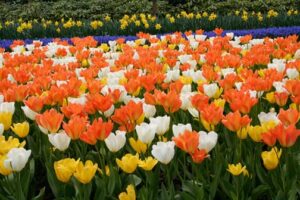
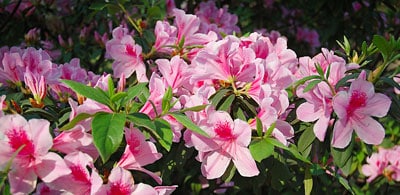
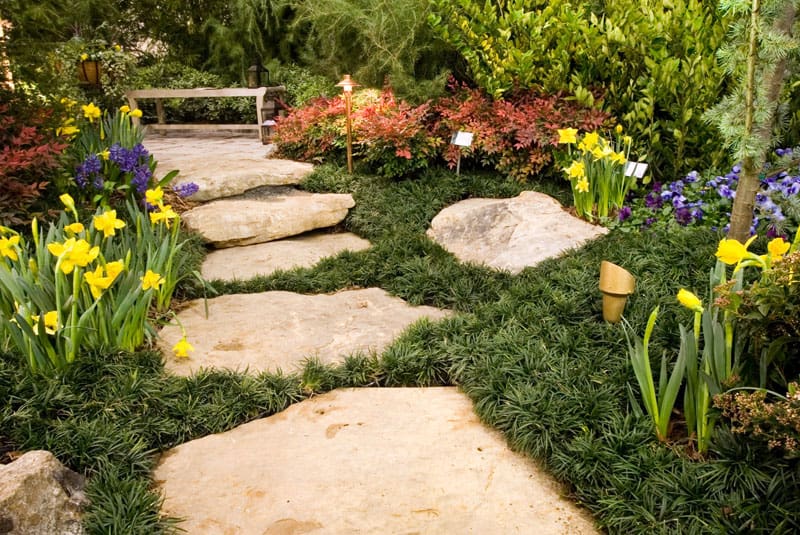
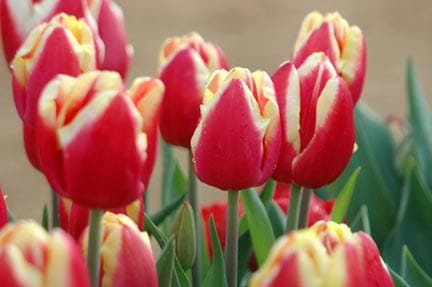
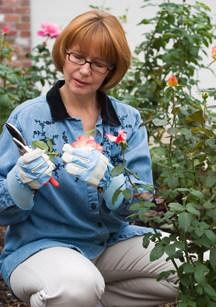
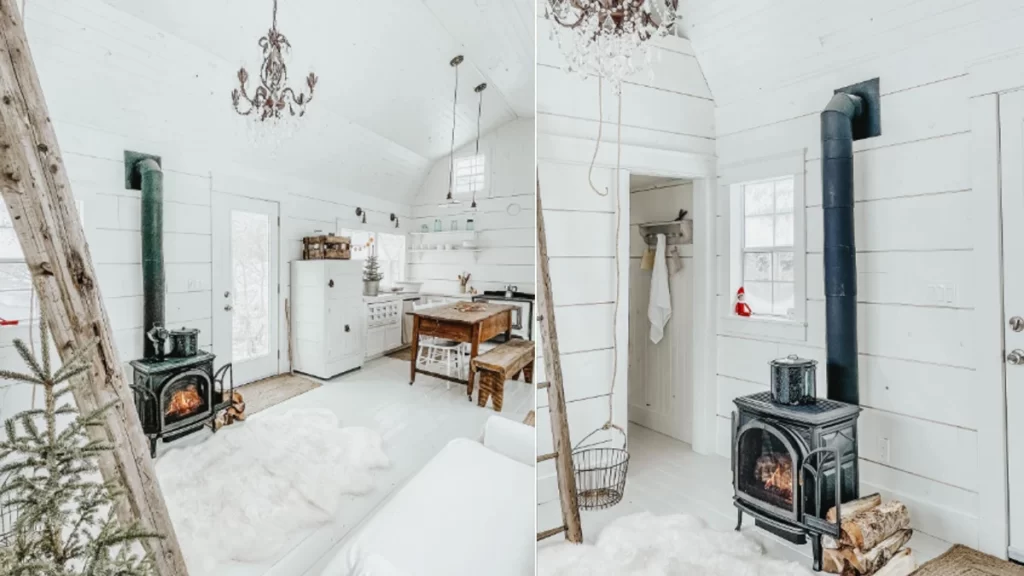

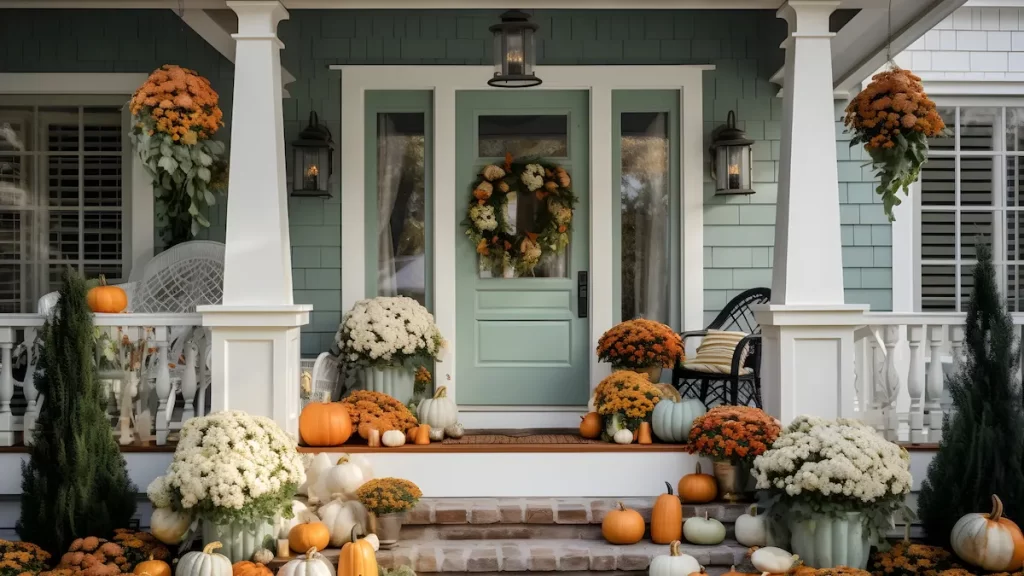

 Don Vandervort writes or edits every article at HomeTips. Don has:
Don Vandervort writes or edits every article at HomeTips. Don has:
